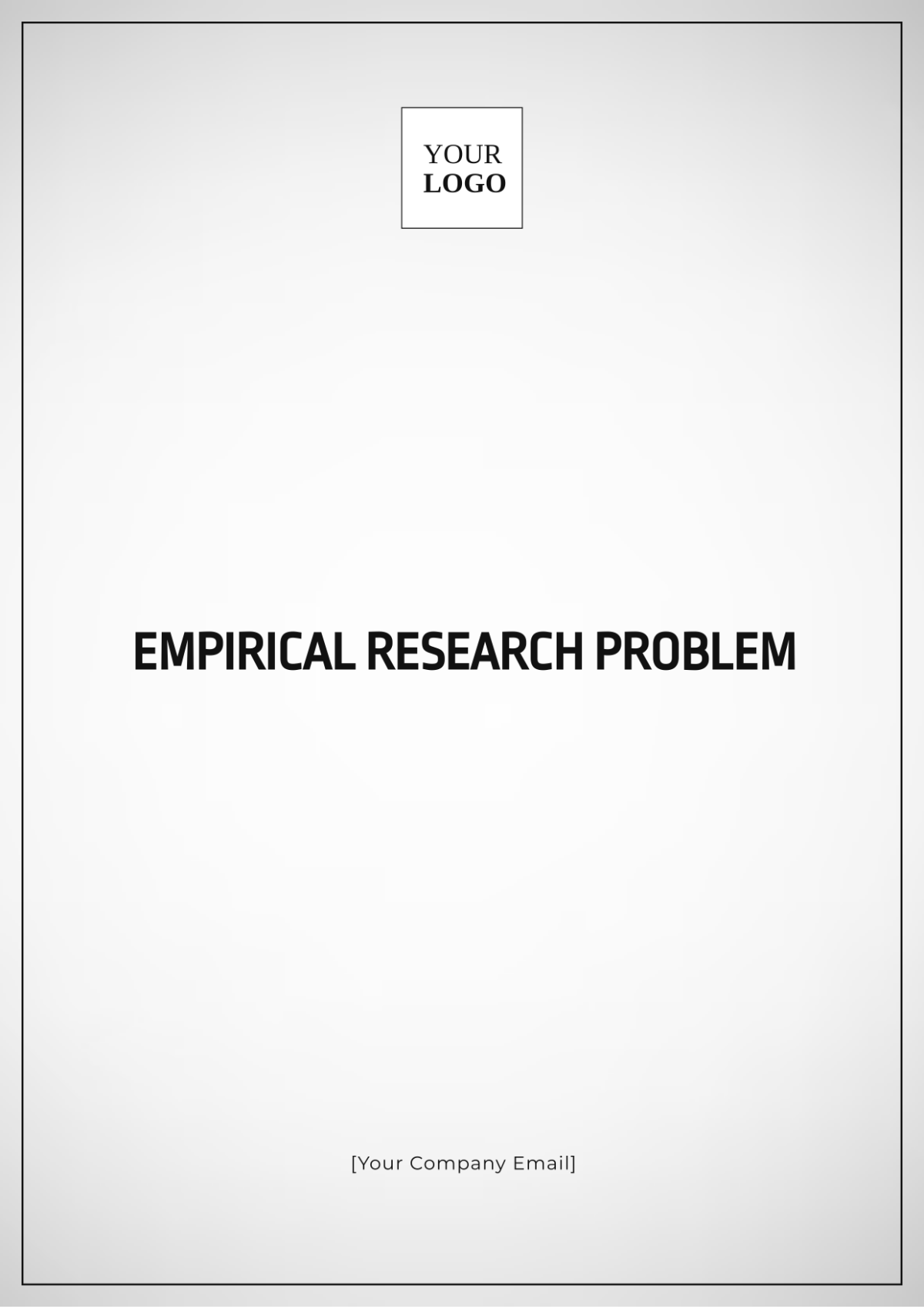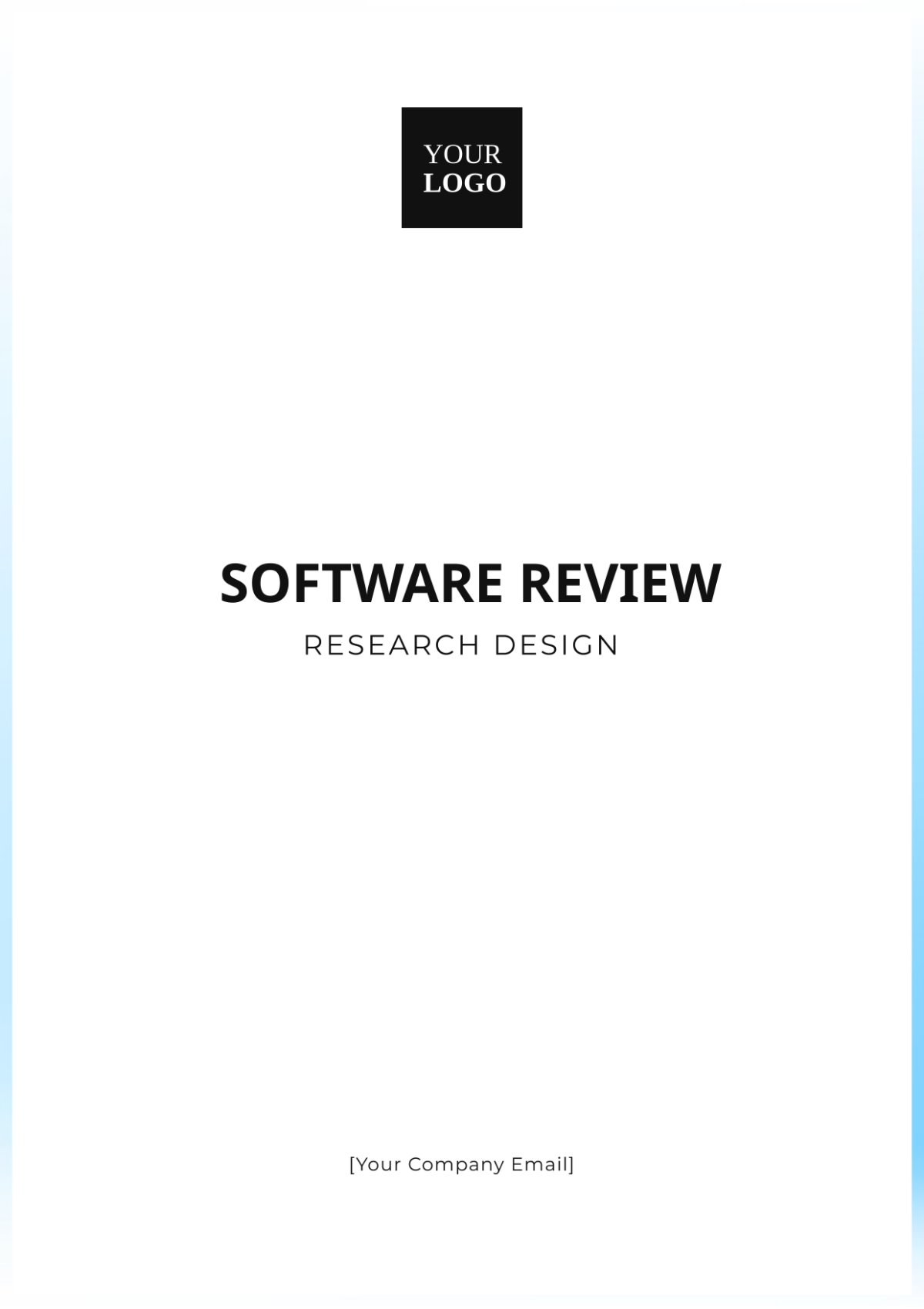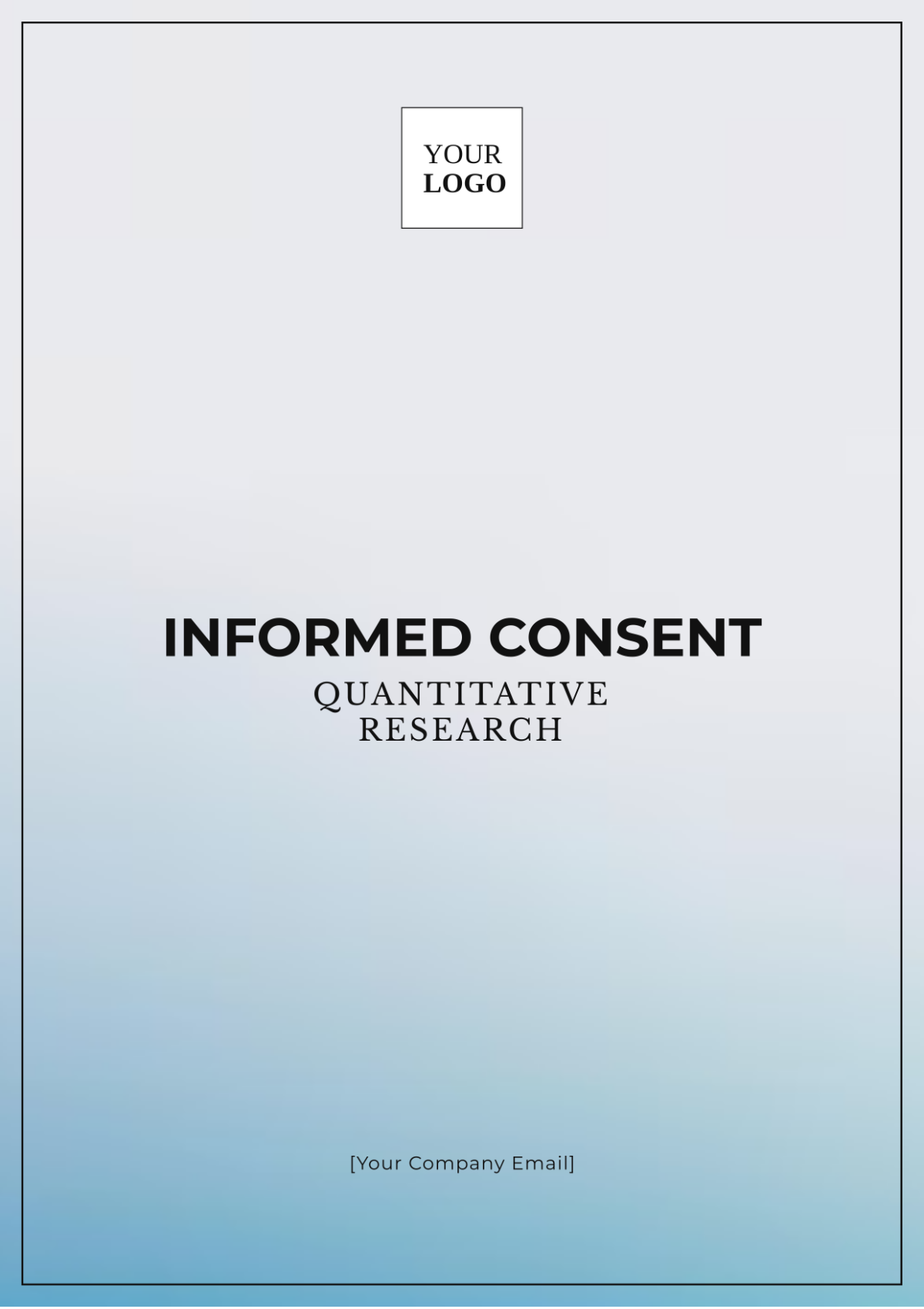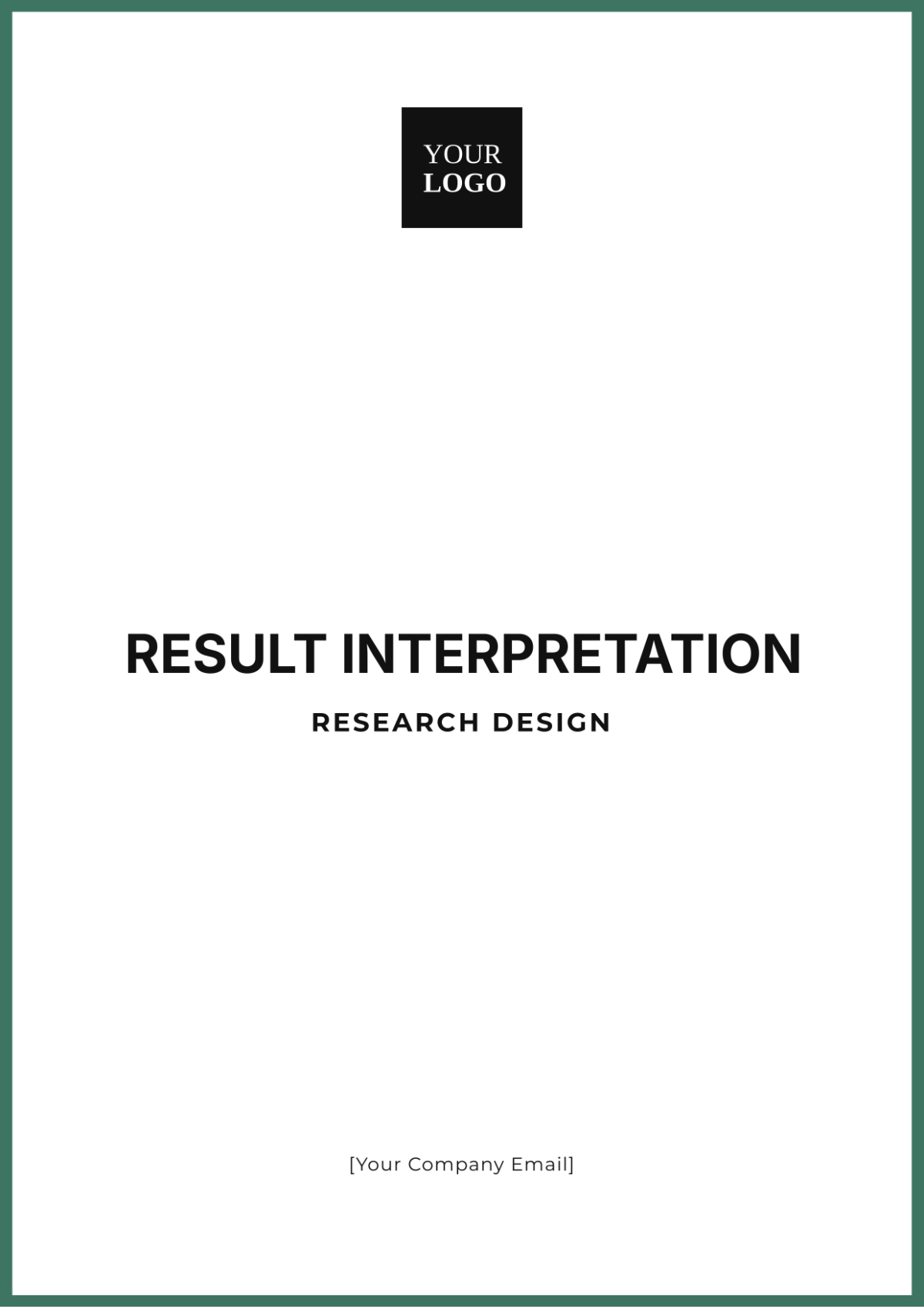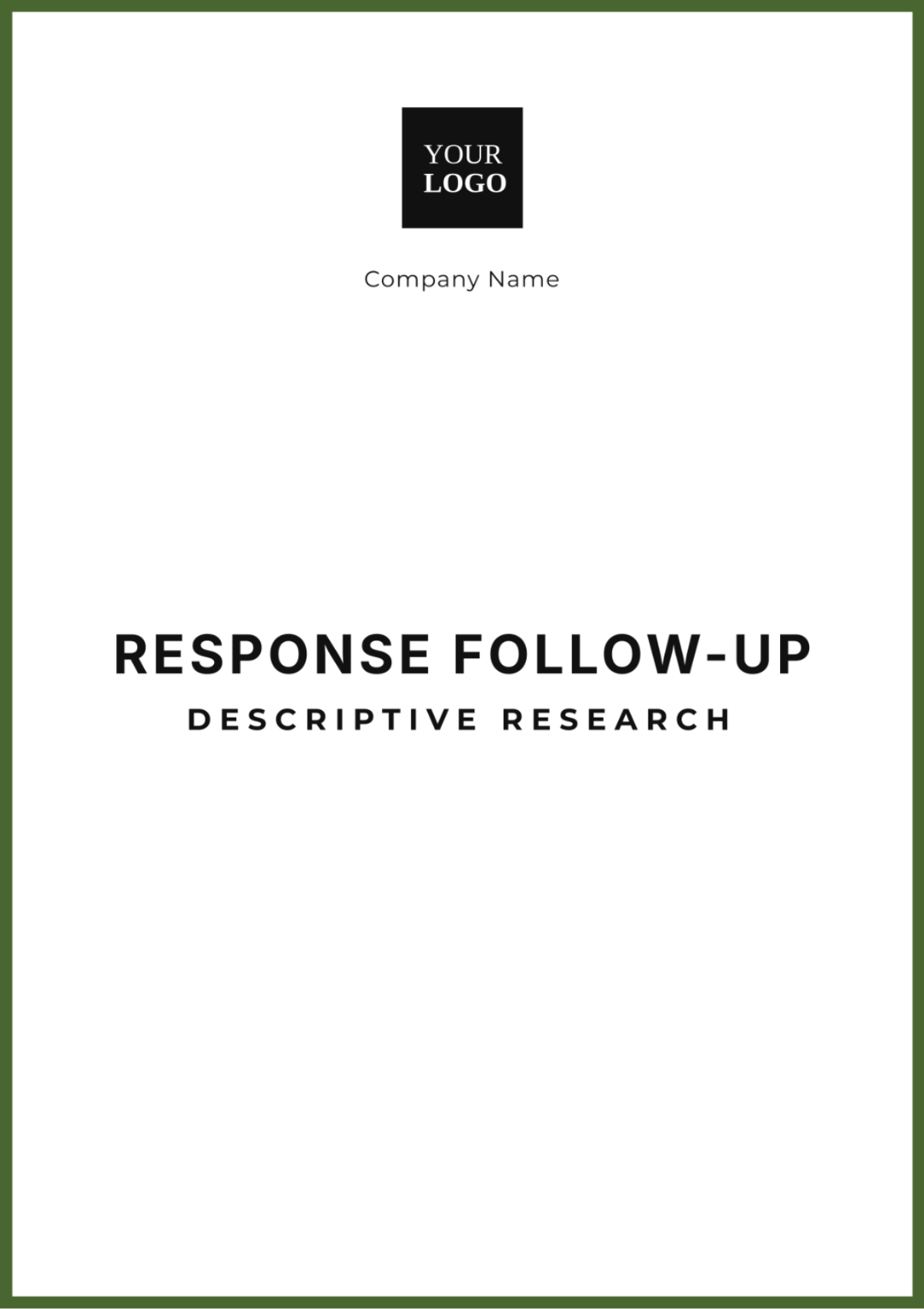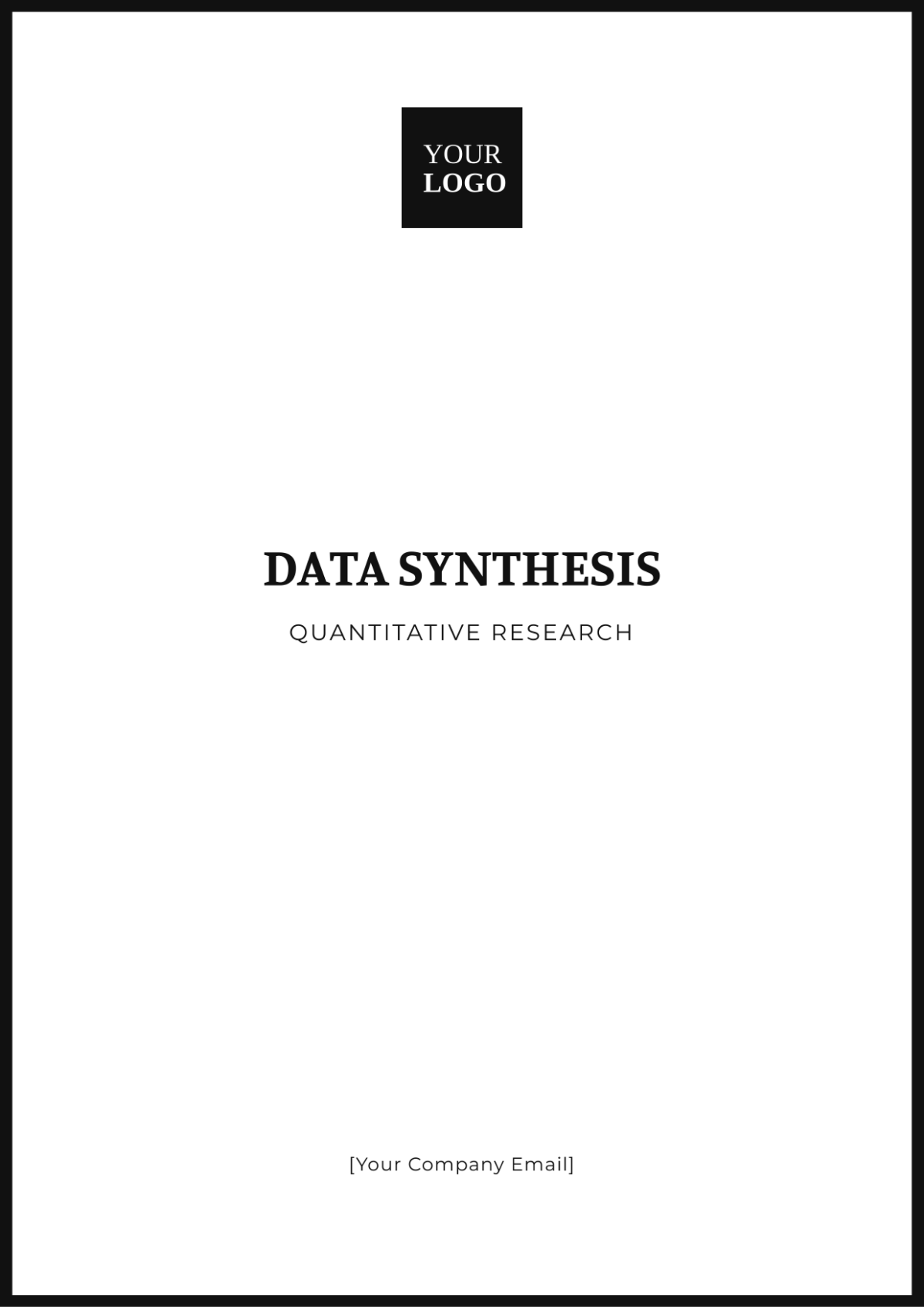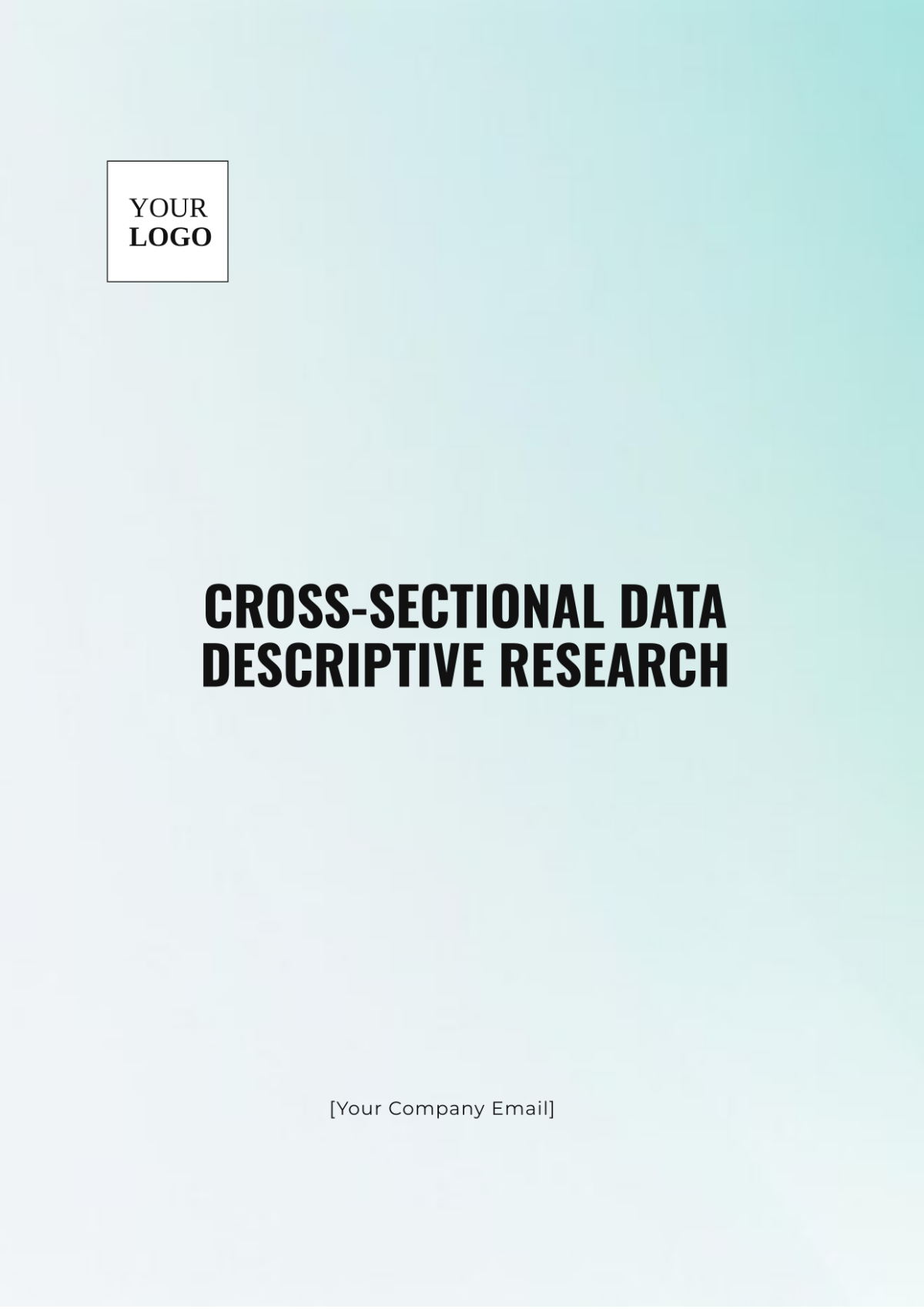Observational Research Design
Prepared By: [Your Name]
Research design is the blueprint for conducting research. It outlines how to collect, analyze, and interpret data, ensuring that the research findings are valid and reliable. This guide provides a detailed narrative on research design, incorporating tables and lists to illustrate key concepts.
1. Introduction to Research Design
Research design is a crucial component of any study. It serves as a framework that dictates the structure and methodology of the research process. A well-designed research plan facilitates systematic investigation, enhances the quality of data, and supports meaningful analysis.
1.1 Purpose of Research Design
The primary purposes of research design are to:
Provide a clear plan for data collection and analysis.
Ensure the validity and reliability of the research findings.
Facilitate the logical flow from research questions to conclusions.
1.2 Types of Research Designs
Research designs can be categorized into several types, each suited to different research questions and objectives. The main categories are:
Descriptive Research: Describes population or phenomenon traits.
Analytical Research: Involves analyzing and interpreting data to conclude.
Experimental Research: Tests hypotheses through controlled experiments.
2. Key Components of Research Design
A comprehensive research design includes several essential components:
2.1 Research Questions and Hypotheses
The research questions and hypotheses guide the entire study. They should be:
Clear and specific: Avoid ambiguity and ensure that the questions are answerable.
Testable: The hypotheses should be formulated so that they can be empirically tested.
Table 1: Examples of Research Questions and Hypotheses
Research Question | Hypothesis |
|---|---|
What is the effect of sleep on memory? | Increased sleep improves memory retention. |
Does exercise reduce anxiety levels? | Regular exercise reduces anxiety levels. |
2.2 Sampling Methods
Sampling involves selecting a subset of individuals from a population. Key methods include:
Random Sampling: Every member of the population has an equal chance of being selected.
Stratified Sampling: The population is divided into subgroups, and samples are taken from each subgroup.
Convenience Sampling: Samples are taken from a group that is easiest to access.
Table 2: Sampling Methods and Their Characteristics
Sampling Method | Characteristics |
|---|---|
Random Sampling | Minimizes selection bias, highly representative. |
Stratified Sampling | Ensures representation across key subgroups. |
Convenience Sampling | Easy to implement, but may introduce bias. |
2.3 Data Collection Methods
Data collection methods are chosen based on the research design and objectives. Common methods include:
Surveys and Questionnaires: Gather data from a large number of respondents.
Interviews: Provide in-depth insights through direct questioning.
Observations: Collect data through direct observation of behaviors or events.
Table 3: Data Collection Methods
Method | Description | Advantages | Disadvantages |
|---|---|---|---|
Surveys/Questionnaires | Written instruments for collecting data. | Efficient, can reach a large sample. | May suffer from response bias. |
Interviews | Direct, verbal questioning of respondents. | In-depth understanding. | Time-consuming, and may be biased. |
Observations | Recording of behaviors or phenomena. | Provides real-time data. | Observer bias, limited scope. |
2.4 Data Analysis
Data analysis involves examining and interpreting data to answer research questions. Key techniques include:
Descriptive Statistics: Summarize data through measures such as mean, median, and standard deviation.
Inferential Statistics: Conclude a population based on sample data (e.g., t-tests, ANOVA).
Qualitative Analysis: Analyze non-numerical data through methods such as thematic analysis or coding.
Table 4: Data Analysis Techniques
Technique | Description | Use Case |
|---|---|---|
Descriptive Statistics | Summarizes data characteristics. | Initial data overview. |
Inferential Statistics | Tests hypotheses and makes predictions. | Comparing groups, testing theories. |
Qualitative Analysis | Examines patterns and themes in qualitative data. | Understanding complex phenomena. |
3. Ethical Considerations
Ethical considerations are fundamental to research design. They ensure that research is conducted responsibly and that participants' rights are protected.
3.1 Informed Consent
Participants must be fully informed about the nature of the study, any potential risks, and their right to withdraw at any time.
3.2 Confidentiality
Researchers must ensure that participants' data is kept confidential and used only for the research.
3.3 Avoiding Harm
Research should be designed to minimize potential harm to participants, including psychological, physical, and social harm.
4. Conclusion
A well-structured research design is essential for conducting high-quality research. By carefully planning the research questions, sampling methods, data collection, and analysis, and by adhering to ethical standards, researchers can ensure that their studies are both valid and impactful.







